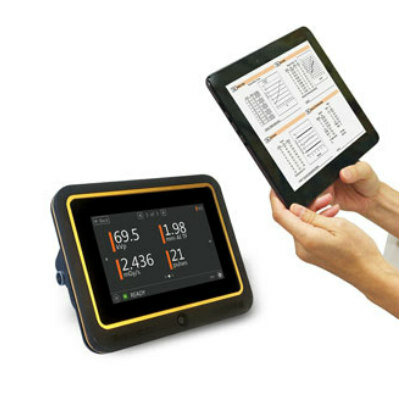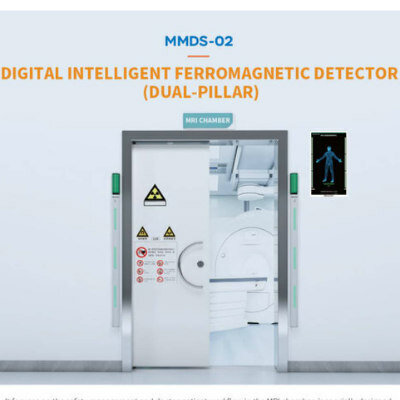Applications Designed to Generate Isotopes for the Development of New Radiopharmaceuticals for Cancer Treatment
By MedImaging International staff writers
Posted on 24 Jan 2013
Scientists have developed innovative ways to generate 90Y and 177Lu radionuclides. The isotopes are soon to be implemented on an industrial scale, providing more treatment opportunities to ever-increasing number of cancer patients worldwide.Posted on 24 Jan 2013
Innovative applications in production technology of the 90Y and 177Lu radioisotopes will help to obtain new pharmaceuticals for cancer treatment. These applications were developed at the National Centre for Nuclear Research (NCBJ) Radioisotope Center POLATOM (Otwock, Swierk, Poland) within the framework of a three-year-long project partly financed from the Innovative Economy Program of the European Regional Development Fund. The PLN 7.8 million worth project is soon to be finished.
Polish researchers have shown that both radioisotopes (up to now only produced only at a small scale) in combination with such biologically active materials as peptides and monoclonal antibodies may form extremely effective medicines to cure some cancers. New radioisotopes will create a foundation to produce unique radiopharmaceuticals capable to effectively and safely treat cancer cases in which medicine has up to now been powerless. A new technologic production line customized for the generation of these radioisotopes has been implemented in POLATOM labs in Swierk. The pilot production is now ongoing. The first generated batches and complete analytic/technologic/validation documentation will be a basis to apply for formal registration of both radionuclides as radiopharmaceutical precursors.
“The new radioisotope preparations have been named by us Itrapol and Lutapol. They are precursors necessary to produce radiopharmaceuticals, i.e., highly specialized medicines useful in oncology. They will help to devise more effective ways to fight cancer,” explained Assoc. Prof. Renata Mikolajczak, Radioisotpe Centre POLATOM director proxy for scientific matters. “Technological solutions we have developed may be used to produce both radionuclides at an industrial scale. Increased supply of radioisotopes to the market should increase availability of the derivative cancer treatment radiopharmaceuticals, and help to disseminate new forms of internal radiotherapy that are capable to improve quality of life of several cancer patients.”
The developed technology features high specific activity (that directly influences efficacy of radiotherapy) and high chemical/radiological purity (i.e., low level of contamination with other ions/nuclides) of the 90Y and 177Lu preparations. Moreover, the applied cutting-edge applications reduce the amount of the by-produced chemical/radioactive waste.
“Production of pilot batches of Itrapol and Lutapol will be a world-class success. Our works are a perfect example of how scientific achievements may find their applications in every-day life, in this case in a particularly sensitive area related to saving human lives,” pointed out Prof. Grzegorz Wrochna, NCBJ director general. “Isotopes produced for medicine in research reactors are an exemplification of benefits brought about by ionizing radiation. Without the radiation the progress observed in medicine would not be possible.”
According to Polish Society of Endocrinology, global occurrence of endocrine tumors is on the level of 30 cases per year per one million people. Nuclear medicine is currently one of the fastest growing fields among all medical sciences. The intense interest seen in isotope diagnostics is specifically attributable to the positron emission tomography (PET) imaging. Radionuclide therapeutic technology is also developing very rapidly. Growth of demand for radiopharmaceuticals is a worldwide trend: in the United States, the growth rate is estimated for about 30% yearly, similar growth of interest is also observed in Poland.
The Polish development was awarded by the international community with a silver medal during the Innova 2012 Fair in Brussels (Belgium).
Related Links:
National Center for Nuclear Research Radioisotope Centre POLATOM













